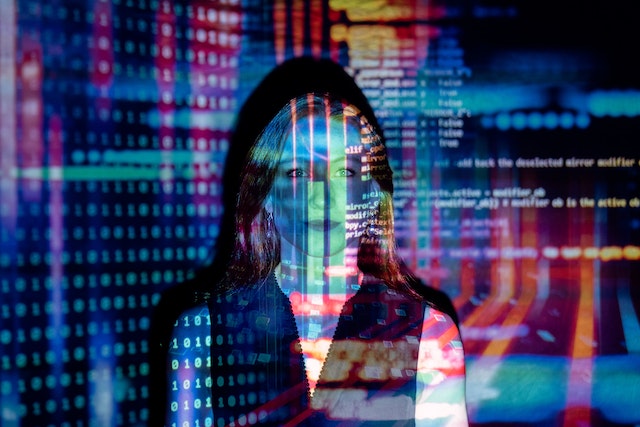Theme:
-
In recent years, deepfakes have become more popular and realistic. As it becomes more difficult to distinguish between what is real and what is not, the threat of false information creating chaos in society is increasing.
What is Deepfake technology:
- Deepfakes are videos created using deep-learning artificial intelligence to replace one person with another. It can be used to imitate voice and mannerisms too. Deepfake technology, for instance, can be used to make a video of Mahatma Gandhi telling people he has an Instagram account.
Pros of Deepfake technology:
- This technology can be used to make education more entertaining. We can create videos with ancient kings and queens explaining their lives. This is a great way to bring history to life and make it more accessible to people of all ages.
Likewise, all educational content can be made more engaging. So, students can easily learn and remember things with the help of deepfake technology. - By using realistic special effects using deepfake technology, the movie experience can be enhanced.
- This technology can be used to create people who do not exist. People who like to have privacy but would like to share anything with the public can use deep fake technology. For example, whistleblowers can use it to protect their identity.
- It can help people emotionally too. For example, if someone lost their voice due to a disease or accident, they can still communicate with their loved ones in their own voice using deepfake technology.
Challenges of Deepfake technology:
- One of the main dangers of deepfake technology is its ability to create false information that can be used to defame or harass individuals and even create chaos in society. For example, During the Russia-Ukraine war in March 2022, a deepfake video of Ukrainian president Volodymyr Zelenskyy was circulated online, in which he tells Ukrainians to put down weapons and surrender. In this way, deepfake technology can be misused to create misleading information.
- It can be misused to create realistic fake videos that can show that a person is committing a crime. Moreover, criminals who really committed crimes may try to escape the punishment by claiming that they didn’t do it and the proof is created using deepfake technology.
Way forward:
- Only a few countries have laws on this new technology. Recently, Taiwan made an amendment to election laws, which can punish people if they create or share deepfake videos.
- In India, IPC section 500 can be used as punishment for defamation. 67 & 67A of the Information act, 2000 can also be used for this purpose. But there is a need for a separate law to regulate the use of deepfake technology and to prevent its misuse.
- Awareness programs should be conducted to let public know about the dangers of deepfake technology and its ability to create conflicts in society.
- There is a need for more investment to develop technologies to detect even the most realistic deepfakes.
- There is a need to train human resources to work in the digital forensic field.
Conclusion:
Deepfake technology is becoming increasingly popular. In spite of the fact that deepfake technology has some good uses, it is being increasingly used for malicious purposes. Hence, it is important to regulate deepfake technology to avoid misuse so that it can be used for good purposes.
Your Turn…
What are your thoughts on Deepfake technology? Express your point of view through the comment section below. And subscribe to our blog to read answers to the trending GD topics.
Photo by ThisIsEngineering
References:
Copyright @ Group Discussion Ideas.

